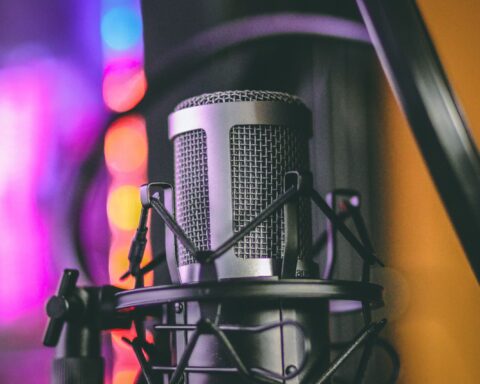This form of photography deals with the documentation of various wildlife in their natural habitat. Besides photography skills, wildlife photographers need field skills. Some animals are difficult to approach, so knowledge of their behavior is necessary to predict their actions. Capturing some specimens may even require stalking skills.
According to globosurfer.com while taking wildlife photos with basic equipment is possible, successful photography of some types of wildlife requires professional gadgets like underwater cameras for marine life, long focal length lenses for birds, and macro lenses for insects. A good wildlife image can also be made by simply being in the right place at the right time, but you should also follow some of the most common wildlife photography tips.
History
It was difficult to get a photo of wildlife in the early days of photography because of slow lenses and low sensitivity of photo media. Earlier pictures of animals were usually zoo animals, pets, or stuffed animals. For example, the lion cubs photo from Bristol zoo in 1854, as well as the photos of the last Quagga by Frank Hayes in 1864. Wildlife photography got better when faster emulsions and quicker shutters appeared in the 1880s. These advances lead to images such as the first shots of wild birds in action taken by Ottomar Anschutz, a German, in 1884. In July of 1906, National Geographic published its first wildlife photos by George Shiras III, an American from Pennsylvania. Some of these were taken with the first ever wire-tripped camera traps.

Definition
The Royal Photographic Society, the Photographic Society of America and the Fédération Internationale de l’Art Photographique are the three largest photography organizations in the world. They adopted a definition of nature and wildlife photography, in order to govern these competitions. Their presidents wrote a joint statement, which perfectly sums it up. The statement reads, “The development of a common definition for nature and wildlife photography will be an important step in helping photographers, many of whom enter competitions internationally, know what the rules are. It will also provide organizers with a very clear definition when they need to deal with the problem of ineligible images.”
Gear
Equipment for wildlife photography is very specialized. It uses different lenses and equipment than most of the other forms of photography. The lenses have a focal length between 150 and 600mm, and provide tighter images. Other specialized gear includes flash extenders, camera traps, and hides. The majority of wildlife is shot with a long telephoto lens. A wide-angle lens is also an option, offering striking images.
What is a High Contrast Image, and how to deal with one?
The high contrast image has an extreme exposure difference between the darkest and the brightest areas. Exposing for these images is tough, as exposing highlights results in clipping details in shadows, while exposing for shadows blows up the highlights.
The best examples of high contrast scenes are landscapes, an important part of wildlife photography. Amateur photographers try to expose the foreground, which results in the whitewashing of the sky and the loss of sky details. Naturally, if the sky is exposed, then the foreground is dark. So what is the best way to deal with this and create great photos?
1. Use Graduated ND Filters
Graduated ND filters are the favorite among landscape photographers. With these, you can use the dark section against the sky, getting a correctly exposed image.

2. Exposure Bracketing
This is one of the best techniques to deal with a high contrast image because you are able to take the same scene at multiple exposures by using the auto exposure feature of your cam. Later you can merge them in Photoshop. The camera takes three exposures by default, an overexposed image, an underexposed image, and a zero exposure image. These are then stitched together. Some cameras allow five or seven images.
3. Use In-camera HDR Mode
Some point and shoot and DSLR cameras come with the HDR mode. In this mode, the camera takes multiple pictures at multiple exposures and stitches them using the integrated software.
4. Fill in Flash Technique for Backlit Subjects
A backlit subject is another high contrast image situation. Portrait photographers tend to deal with these. If you expose the subject, the background blows up, while exposing for the background makes the subject dark. The best advice here is to fill in some light on the subject, but actually, expose the background. This will result in a great snap of a primary object and its surroundings!
In addition, you can use the fill-in flash technique. This ensures that the subject is well lit. Reflectors may also help to bounce and reflect light onto the subject.

5. Exposure Adjustment
You could also set the exposure somewhere in the middle. The brightest portion will become less bright, while the darkest one becomes less dark. To do this, you will need to shoot in RAW format.
The dynamic range of the camera sensor is much less in comparison to the human eye, which is the reason why it is not able to correctly expose a high contrast image. To take the best photo you can, you need to understand the dynamic range of the camera, which helps in finalizing what technique to use in a particular situation.
We hope our advice helps you in getting ready to take amazing nature photos and If you don’t have any camera, then it’s not a problem anymore. Black Friday is here and you should check out the best Black Friday deals on camera as well. Now go out there and make some art!




